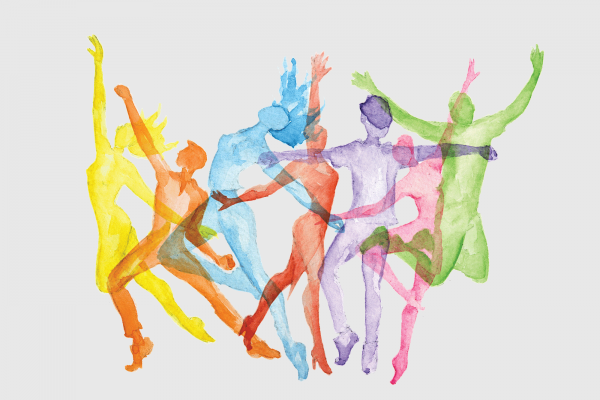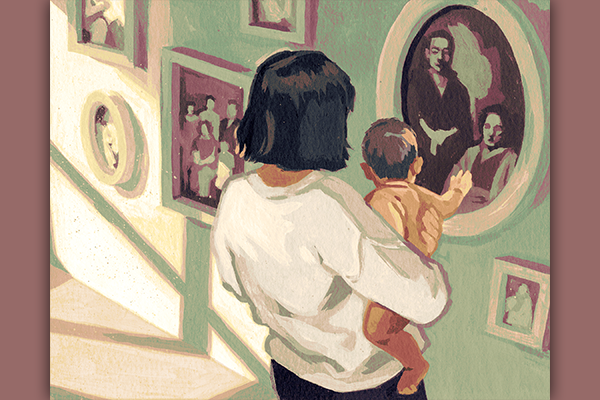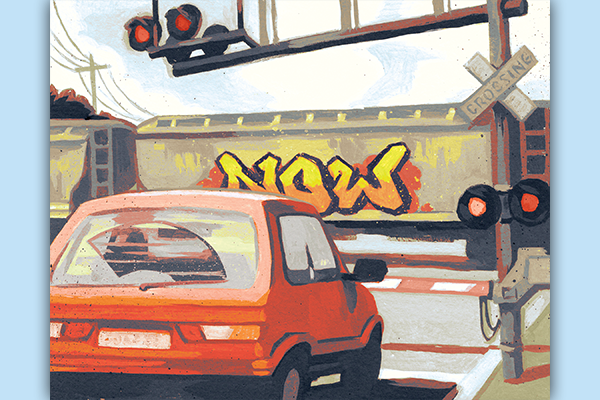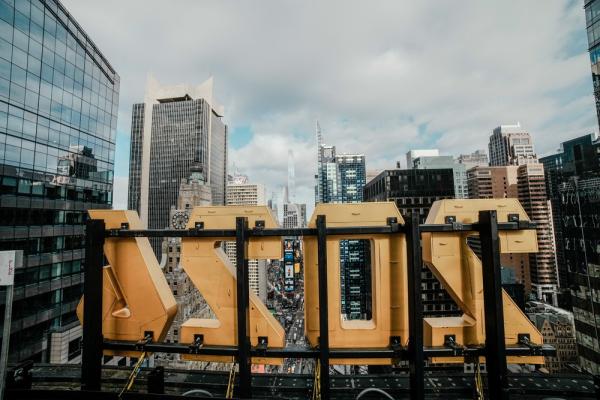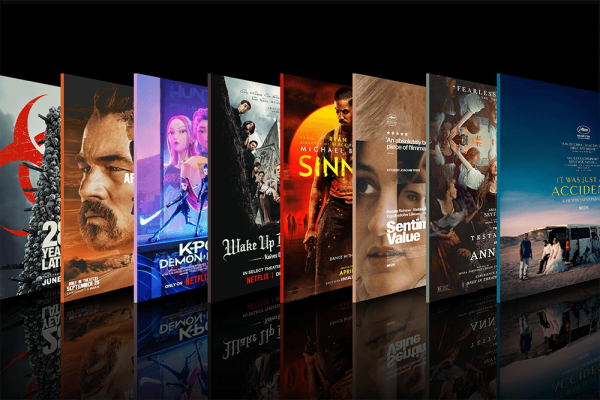A WEEK AFTER the Hamas attacks on Israel in October, I found myself dancing the Cha-Cha Slide.
The setting was the Matthew 25 Initiative Gathering, a group of Anglicans walking in their communities alongside the most vulnerable, from refugees to the elderly. We had just heard from members of Telos, a peacemaking group with contacts on the ground on both sides of the Israel-Palestine divide. Shock, uncertainty, and grief hung thick among us. And now, we were invited to dance.
From Sufi whirling to Albanian folk dancing to krumping, dancing is an outlet used by many people, especially those who have been oppressed, to express longings and outrage that go beyond words. As one of Alice Walker’s poetry books declares, Hard Times Require Furious Dancing.
Like other intense physical activities, dancing brings us from the realm of the mind, where images and memories swirl and ruminations loop endlessly, to the body — the realm of breath, beat, sweat, sound, and movement. It gives us something to do with our terror, anger, and confusion. It grounds us in the here and now.
Other activities can do the same. After I read the news, I’m haunted by images of Palestinian children with terrified faces dusted white from bombed-building debris. And then I chop onions and carrots and celery for dinner. My husband, in a pandemic cliché, took up bread baking. Mixing flour and water and kneading dough became his dance.
But how can we go on doing such ordinary things as people are dying?
“Human life has always been lived on the edge of a precipice,” wrote C.S. Lewis in a sermon preached to Oxford University students in 1939. Lewis interrogated the value of studying literature, art, or math as Hitler amassed troops for genocidal invasions. For those who aren’t scholars, the question still applies. How can we carry on with vocations and activities that have no direct impact on staving off the immense evil that seems to build in all corners of creation? Do we?
We do, Lewis argued. A person obsessed with lifesaving in the sense of giving it their total attention at the cost of all other activities would become a monomaniac. “The rescue of dying men is, then, a duty worth dying for,” Lewis said, “but not worth living for.”
So how could I dance in the days following the Hamas attacks? My friend and the director of the Matthew 25 Initiative, Christine Warner, quoted the line of a popular worship song, “We ‘dance upon injustice.’” She added, “Death does not have the final word.” Christine and I, and a ragtag group of others, danced not in spite of what was happening in Israel and Gaza but on behalf of all those caught in a war not of their making. We embodied a protest for those who couldn’t dance — or bake, or chop onions — at that moment, because the trauma was too raw, or because their lives were literally caught in the crossfire.
Beauty and goodness and joy still exist, our movements proclaimed. And they will continue to, just as a meadow of wildflowers will grow over the site of an explosion. This reality is worth living — and dancing — for.

Got something to say about what you're reading? We value your feedback!
